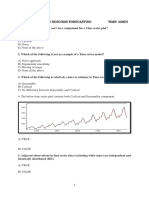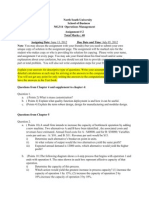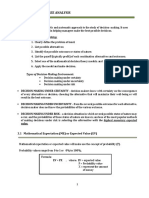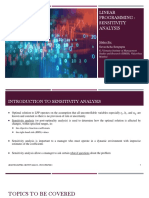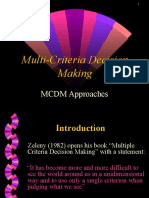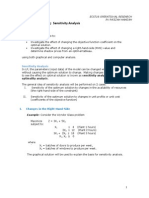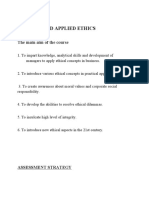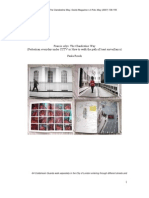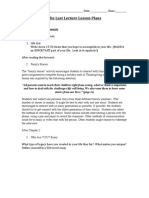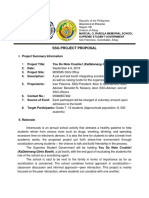0% found this document useful (0 votes)
260 views49 pagesDecision Analysis for OM Students
The document discusses operations management classes, including an introduction to operations management and process analysis using the theory of constraints. It then summarizes key aspects of decision analysis, including the five steps in decision making, decision making under certainty, uncertainty, and risk. Various decision making techniques are explained, such as maximax, maximin, Hurwicz criterion, equally likely, and minimax regret. An example using the Thompson Lumber Company is provided to illustrate decision making under risk using expected monetary value and expected opportunity loss.
Uploaded by
Seong Hyeon LeeCopyright
© © All Rights Reserved
We take content rights seriously. If you suspect this is your content, claim it here.
Available Formats
Download as PDF, TXT or read online on Scribd
0% found this document useful (0 votes)
260 views49 pagesDecision Analysis for OM Students
The document discusses operations management classes, including an introduction to operations management and process analysis using the theory of constraints. It then summarizes key aspects of decision analysis, including the five steps in decision making, decision making under certainty, uncertainty, and risk. Various decision making techniques are explained, such as maximax, maximin, Hurwicz criterion, equally likely, and minimax regret. An example using the Thompson Lumber Company is provided to illustrate decision making under risk using expected monetary value and expected opportunity loss.
Uploaded by
Seong Hyeon LeeCopyright
© © All Rights Reserved
We take content rights seriously. If you suspect this is your content, claim it here.
Available Formats
Download as PDF, TXT or read online on Scribd
/ 49





